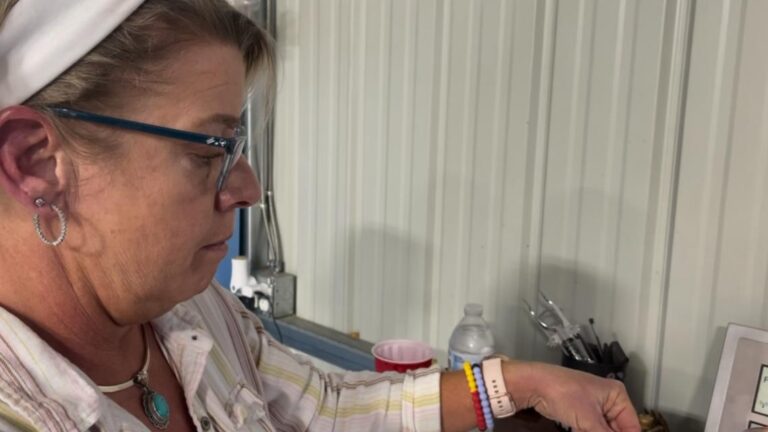A late claim submission and missing policy details turned a small medical charge into a costly headache — until one determined woman turned things around.
GREENSBORO, N.C. — Teresa Welch has a knack for organization, especially when it comes to her husband’s medical paperwork. So, she was taken aback when a radiology bill arrived unexpectedly.
“Of course, got a bill from [the] hospital,” Welch said.
She also received additional bills, and one of those was a radiology bill for roughly $1,000. That additional bill was roughly $1,000.
Welch soon discovered the error: the initial charge wasn’t submitted to the insurance company on time, and the insurer didn’t have the member ID or policy number.
“They didn’t have the member ID number—policy number everything,” she said.
Two years later, and after the insurance coverage had changed, Welch found herself—with no recourse—on the hook for the full amount.
“They were like, well—you’re responsible,” she said.
She combed through old statements and contacted both the hospital and radiology facility, but the claim had been denied due to its age.
“I contact [the] hospital, find [the] old statement during time frame he [was] with BCBS,” she said.
“They blame [the] hospital and not transferring info,” she adds.
Facing escalating bills that should’ve been minor, Welch turned to consumer advocacy.
“I pay every bill on time, but if I don’t get a bill, I don’t know if I owe somebody,” she admits.
A few emails and some persistence later, the radiology charges were finally written off.
“They agree to adjust those charges off,” she said.
The decision came as a slight surprise to Welch, but she was certainly relieved.
“Yes—yes—yes,” she breathes in relief.
Welch is now glad she kept all those old files and paperwork to assist us and her in getting some resolution.
“I thank you from [the] bottom of [my] heart,” she concludes.
Additional Context: Medical billing & costs in the U.S.
Prevalence of errors and denials
Up to 12% of medical claims contain coding inaccuracies, often triggering denials or delays, according to PCG SoftwareSimbo AI.
First submissions encounter denial rates as high as 30%, with coding errors accounting for about a third of those, according to BillFlash.
Industry data suggests 86% of denials are potentially avoidable, highlighting systemic administrative gaps, according to BillFlash.
Financial impact on patients
Approximately 45% of working-age insured adults received unexpected medical bills in a year, even for services they thought were covered, according to Commonwealth Fund.
Nearly 80% of medical bills contain errors, contributing to financial stress and undermining trust between patients and providers, according to MedCare MSO.
Imaging costs have risen sharply
The average out-of-pocket cost for imaging nearly doubled from about $98 in 2000 to $186 in 2019, according to AuntMinnie.
For reference, simple imaging studies (like X-rays) can average $279, depending on location and facility type, according to GoodRx.
Why Teresa’s case matters
Welch’s experience isn’t unique—it reflects widespread billing vulnerabilities, from coding oversights to untimely submissions and insurance miscommunication. Her success in resolving the bill underscores the importance of diligence and advocacy, both of which can prevent small oversights from becoming financial burdens.


